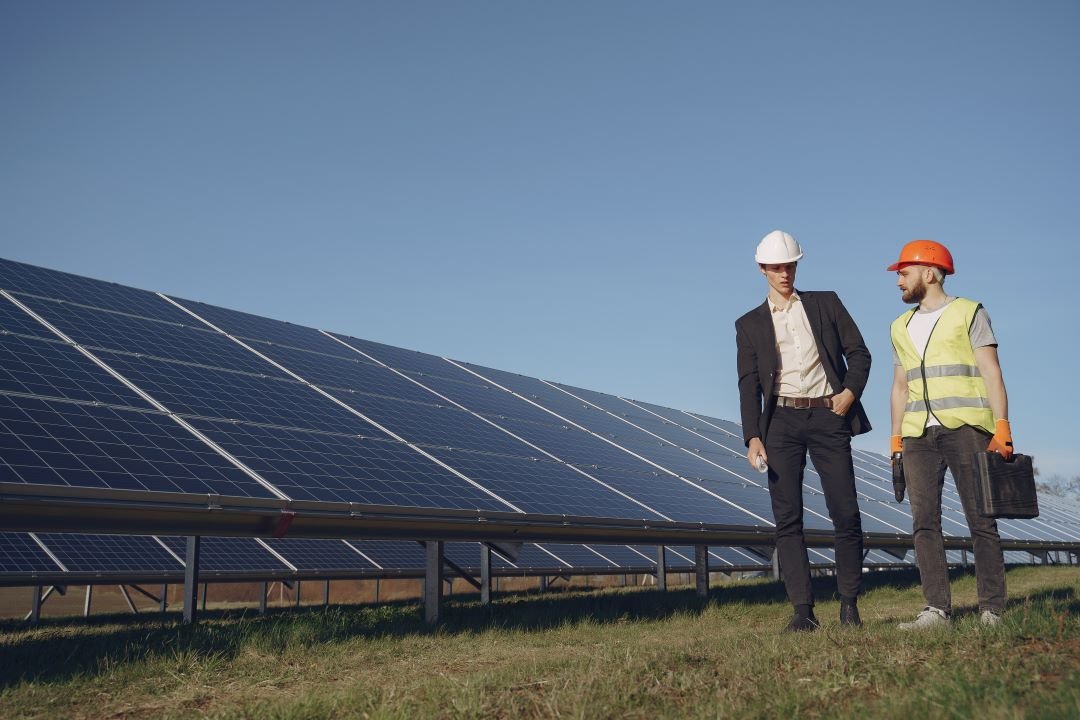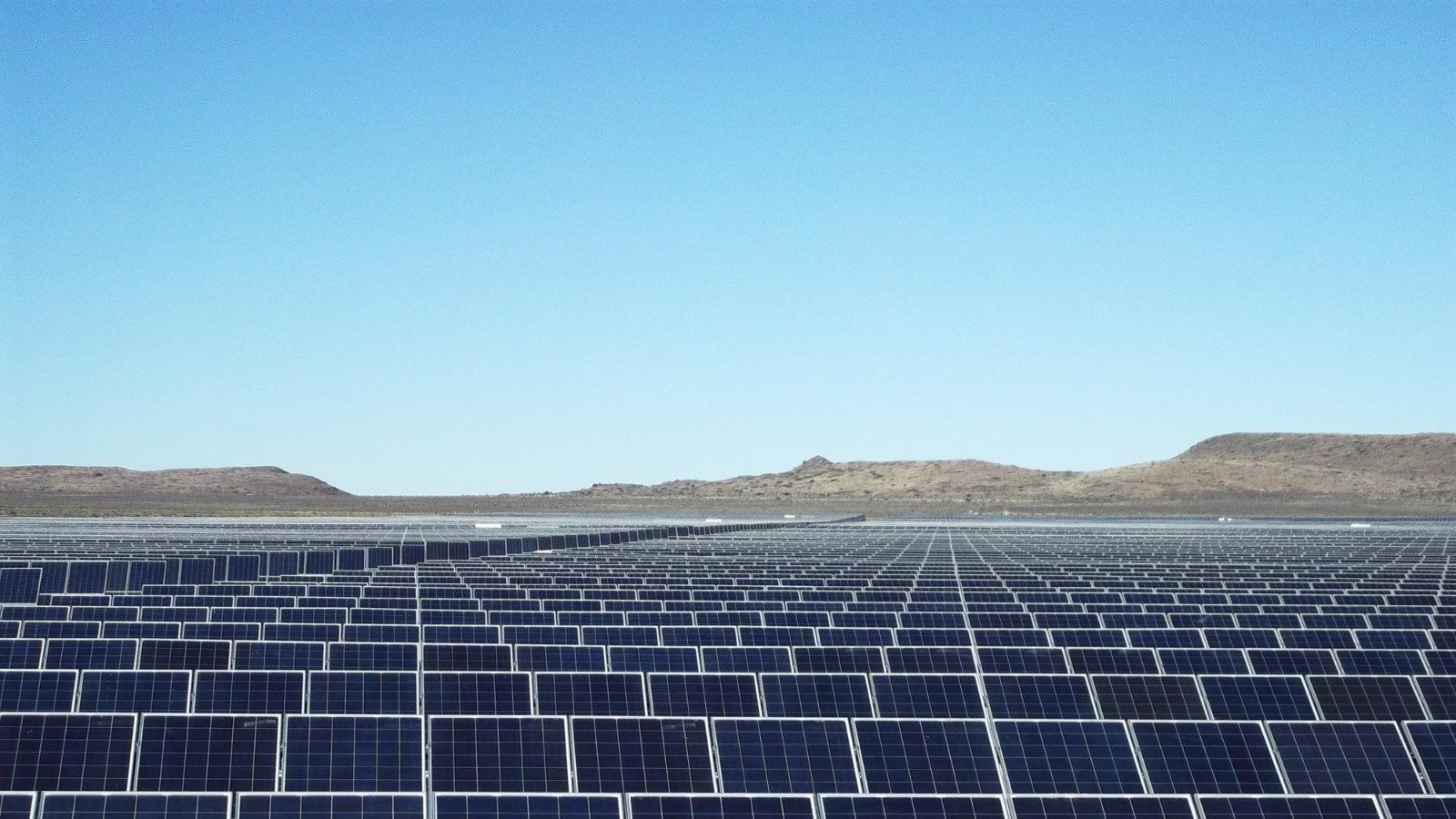India is at the forefront of the global solar revolution, with numerous companies making significant strides in the renewable energy sector. A leading solar energy company in India is not just a business entity but a beacon of sustainable development, pushing the country towards a greener and cleaner future. In this blog, we delve into the landscape of solar energy companies in India, highlighting their contributions and the reasons why they stand out in this burgeoning industry, with a special focus on Soleos Solar Energy Private Limited.
The Rise of Solar Energy Companies in India
The growth of solar energy companies in India has been nothing short of remarkable. As the government continues to promote renewable energy sources, the demand for solar energy solutions has skyrocketed. A top solar energy company in India is now pivotal in the transition from conventional energy sources to renewable ones. These companies are not only focused on harnessing solar power but also on developing innovative technologies to maximize efficiency and reduce costs.
The Indian government has implemented several policies and initiatives to boost the solar energy sector. Programs like the Pradhan Mantri Kisan Urja Suraksha evam Utthan Mahabhiyan (PM-KUSUM) Scheme aim to establish India as a global leader in solar energy. The mission has set ambitious targets, including achieving Net-Zero by 2030. Additionally, the government offers various incentives, subsidies, and tax benefits to encourage the adoption of solar energy.
The surge in demand for solar energy solutions has led to the rapid expansion of the solar market in India. As a result, numerous solar energy companies have emerged, each striving to contribute to the nation’s renewable energy goals. This competitive landscape has driven innovation and cost-efficiency, making solar power more accessible to a broader range of consumers and businesses.
Why Choose a Solar Energy Company in India?
When it comes to choosing a solar energy company in India, several factors set these companies apart. Here are the top reasons why selecting a solar energy company in India, such as Soleos Solar Energy Private Limited, is a wise decision:
- Expertise and Innovation: A solar energy company in India brings together expertise in engineering, procurement, and construction (EPC) to deliver comprehensive solar solutions. These companies are known for their innovative approaches, such as the use of Tilted Plane Single Axis Trackers (TPSAT) that significantly enhance the efficiency of solar power plants.
Soleos Solar Energy Private Limited, for instance, has over 12 years of experience in the solar industry. Their team of experts is well-versed in the latest technologies and industry best practices. By leveraging their extensive knowledge, Soleos Solar provides cutting-edge solutions that maximize energy production and minimize costs.
- Cost-Effective Solutions: Solar EPC companies in India offer cost-effective solutions tailored to meet the specific needs of various sectors, including commercial and industrial (C&I) rooftops, ground mount solar, and solar parks. Their ability to provide scalable solutions makes them a preferred choice for large manufacturing units and other enterprises.
Soleos Solar Energy Private Limited understands the importance of affordability in the renewable energy sector. They work closely with clients to design and implement solar projects that fit within budget constraints while delivering optimal performance. By optimizing procurement and construction processes, Soleos Solar ensures that their solutions are both efficient and cost-effective.
- Sustainability: Choosing a solar energy company in India aligns with the global push towards sustainability. These companies are committed to reducing carbon footprints and promoting the use of clean energy, contributing to a healthier environment.
Soleos Solar Energy Private Limited places a strong emphasis on sustainability. Their projects are designed to minimize environmental impact and maximize energy savings. By harnessing the power of the sun, Soleos Solar helps clients reduce their reliance on fossil fuels and decrease greenhouse gas emissions.
Top Solar Power Companies in India
India is home to some of the top renewable energy companies, with solar energy companies leading the charge. Among these, Soleos Solar Energy Private Limited stands out for its commitment to excellence and sustainability. Here is a closer look at some of the leading solar power companies in India:
- Soleos Solar Energy Private Limited: With over 12 years of experience and a portfolio exceeding 350MW, Soleos Solar is a top solar energy company in India. Their projects span across various states and countries, showcasing their expertise and commitment to excellence. Soleos Solar’s innovative solutions and focus on sustainability make them a leading solar energy company in India.
Soleos Solar has successfully completed numerous projects, including large-scale solar power plants and C&I rooftop installations. Their dedication to quality and customer satisfaction has earned them a reputation as one of the best solar energy companies in India. By consistently delivering high-performance solar solutions, Soleos Solar has become a trusted partner for businesses and individuals seeking renewable energy alternatives.
- Tata Power Solar: As one of the top 10 solar power companies in India, Tata Power Solar has been instrumental in driving the solar revolution. Their extensive portfolio includes large-scale solar power plants and innovative solar solutions for residential and commercial applications.
Tata Power Solar’s commitment to innovation and sustainability has positioned them as a leader in the industry. Their projects have significantly contributed to India’s renewable energy capacity, and their focus on quality ensures long-term reliability and performance.
- Adani Solar: Adani Solar is another leading player in the Indian solar market. Known for their large-scale solar projects, they have been pivotal in increasing India’s solar capacity and promoting renewable energy.
Adani Solar’s projects are characterized by their scale and impact. By implementing massive solar installations, Adani Solar has helped accelerate the adoption of solar energy in India. Their commitment to sustainability and innovation makes them a key contributor to the nation’s renewable energy goals.
The Role of Solar EPC Companies in India
Solar EPC (Engineering, Procurement, and Construction) companies play a crucial role in the solar industry. They are responsible for the end-to-end execution of solar projects, from design and procurement to construction and commissioning. Here’s a closer look at the role of solar EPC companies in India and how they contribute to the success of the solar energy sector:
- Comprehensive Project Management: Solar EPC companies manage all aspects of solar projects, ensuring seamless integration of various components. From initial site assessments and feasibility studies to final project handover, EPC companies oversee the entire process, ensuring timely and cost-effective delivery.
Soleos Solar Energy Private Limited excels in comprehensive project management. Their team of experts handles every stage of the project, from conceptualization to commissioning. By maintaining a hands-on approach, Soleos Solar ensures that projects are completed on time and within budget.
- Technological Advancements: Solar EPC companies are at the forefront of technological advancements in the solar industry. They continually adopt and implement the latest technologies to enhance the efficiency and performance of solar power plants.
Soleos Solar is committed to staying ahead of the curve by incorporating cutting-edge technologies into their projects. Their use of Tilted Plane Single Axis Trackers (TPSAT) and bifacial panels ensures maximum energy production and optimal utilization of available space.
- Quality Assurance and Control: Solar EPC companies prioritize quality assurance and control throughout the project lifecycle. Rigorous testing, inspection, and monitoring processes are implemented to ensure that all components meet industry standards and deliver long-term reliability.
Soleos Solar places a strong emphasis on quality assurance. Their stringent quality control measures guarantee that every project meets the highest standards of performance and durability. By adhering to best practices, Soleos Solar delivers solutions that stand the test of time.
The Future of Solar Energy in India
The future of solar energy in India looks promising, with the government setting ambitious targets to increase the country’s solar capacity. Solar EPC companies in India, like Soleos Solar, are gearing up to meet these targets by expanding their operations and investing in cutting-edge technologies. The focus is not only on increasing solar capacity but also on making solar energy more accessible and affordable for all.
India’s renewable energy goals include achieving 175 GW of renewable energy capacity by 2022, with 100 GW coming from solar power. These targets underscore the country’s commitment to reducing its carbon footprint and transitioning to a sustainable energy future.
Emerging trends in the solar industry include the integration of energy storage solutions, smart grids, and hybrid systems. These advancements will further enhance the reliability and efficiency of solar power, making it a viable option for a wider range of applications.
Solar energy companies in India, such as Soleos Solar, are well-positioned to capitalize on these opportunities. By investing in research and development, expanding their project portfolios, and fostering partnerships with global leaders in the industry, these companies are driving the next phase of growth in the renewable energy sector.
Conclusion
In conclusion, a solar energy company in India plays a crucial role in the country’s transition to renewable energy. Their expertise, innovative solutions, and commitment to sustainability make them indispensable in the fight against climate change. As more businesses and individuals recognize the benefits of solar power, the demand for solar energy companies in India is set to soar, paving the way for a greener and more sustainable future.
Soleos Solar Energy Private Limited stands out among the top solar power companies in India for its excellence, innovation, and commitment to sustainability. By choosing Soleos Solar, you are not only investing in a reliable solar energy solution but also contributing to a greener planet.
With over 12 years of experience and a portfolio exceeding 350MW, Soleos Solar Energy Private Limited is a leader in the solar industry. Their dedication to quality, customer satisfaction, and sustainability makes them a top choice for businesses and individuals seeking renewable energy solutions. By consistently delivering high-performance solar projects, Soleos Solar is driving the charge towards a greener and more sustainable future






